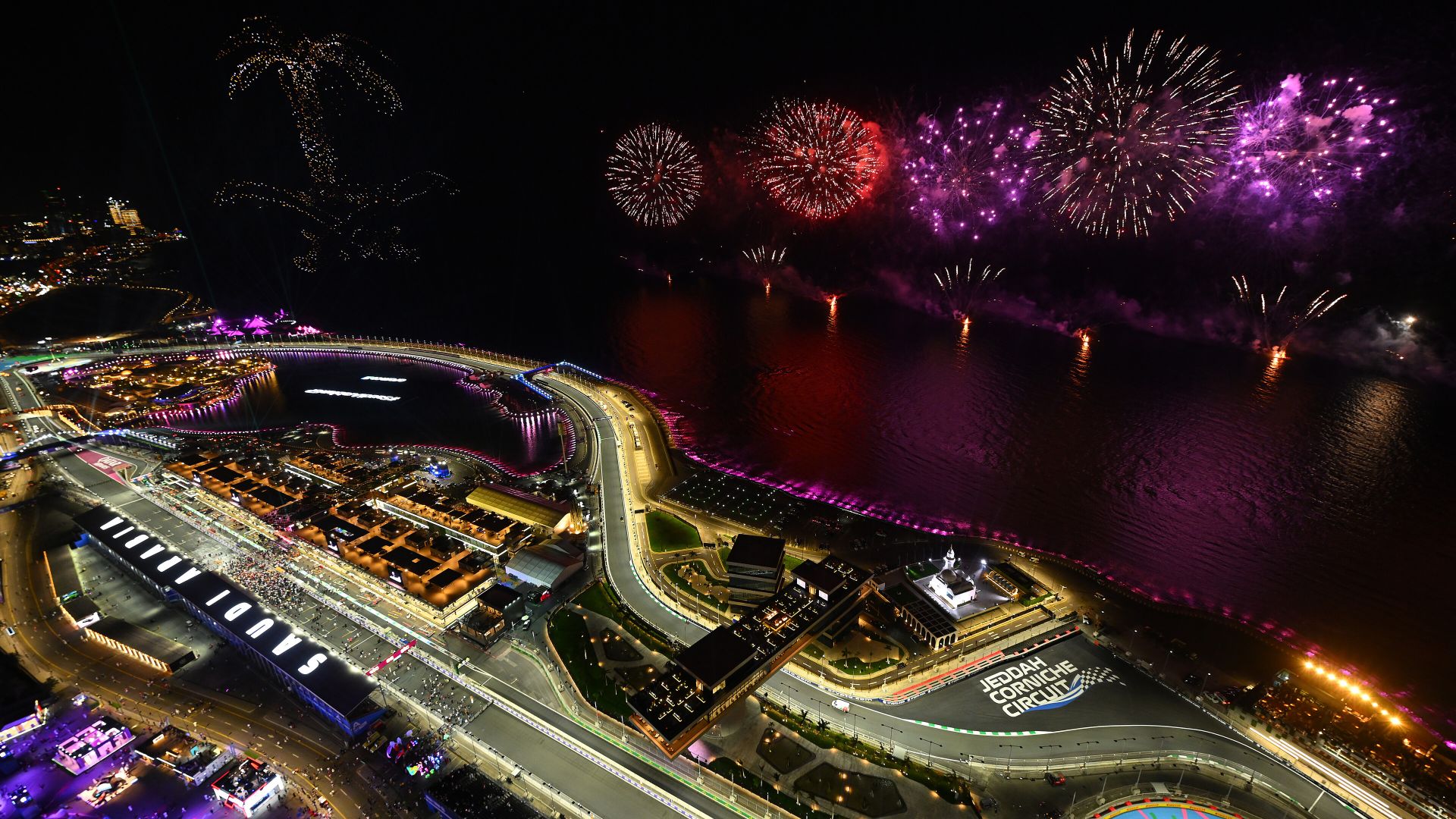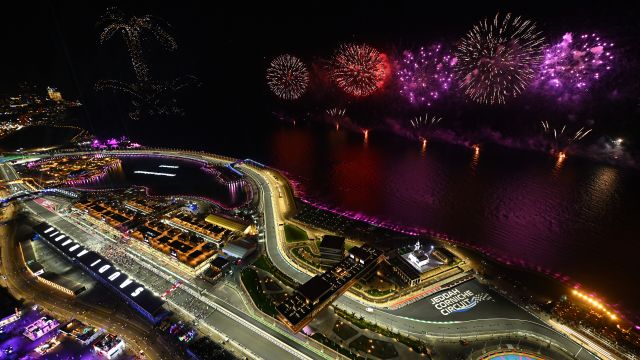How Much Did The Jeddah Circuit Cost: Unveiling the Financials of Saudi Arabia’s F1 Track


Hosting a Formula 1 race is a significant financial undertaking, as evidenced by the Saudi Arabian Grand Prix at the Jeddah Corniche Circuit. The annual hosting fee paid to Formula 1 for the privilege of holding the event is a substantial $55 million. This cost, however, is only one part of the equation.
In addition to the hosting fee, there are considerable infrastructure expenses. The Jeddah Corniche Circuit itself is a prime example, with its pit building costing $500 million to construct. These figures highlight the substantial investment required not just in terms of the hosting rights but also in the necessary facilities to accommodate a world-class racing event.
The combined costs reflect the commitment and financial capability needed to be part of the exclusive Formula 1 race calendar, illustrating the economic scale at which these international sporting events operate.
The circuit has swiftly become a focal point in the region, attracting not just racing enthusiasts but also impacting the local economy. The Saudi Arabian Grand Prix and other major events like the LIV Golf tournament in Jeddah indicate the kingdom’s growing role in hosting large-scale international sports events. With these investments, the impact extends beyond just the sporting domain and into broader economic and cultural exposure.
Overview of the Jeddah Circuit
The Jeddah Corniche Circuit, known for its high speeds and challenging layout, stands as a prominent stage in the Formula One calendar. The circuit signifies Saudi Arabia’s commitment to hosting world-class motorsport events.
Purpose and Significance
The circuit was built to host the Saudi Arabian Grand Prix, marking the country’s increasing role in global sports. Its design caters to high-speed racing, setting the scene for some of the most exhilarating competitions in motorsport. With 27 turns, it hosts more corners than any other current track, and yet many of them are taken at such high speeds they’re akin to straights.
Location and Geography
Situated in the port city of Jeddah, the track lies along the banks of the Red Sea. Its 6.174 km (3.836 mi) length makes it the second-longest circuit on the Formula One calendar. Geographically, it provides drivers and spectators with stunning seaside vistas, while its location offers a strategic spot for international visitors.
Financial Aspects of the Jeddah Circuit
The construction of Jeddah Circuit represented a significant financial undertaking tied to Saudi Arabia’s ambitious sports expansion strategy, while various funding sources outlined the investment interest in this substantial project.
Construction Costs
The exact figures for the construction cost of the Jeddah Corniche Circuit have not been readily disclosed in public domain; hence, they remain under wraps. However, it is known that modern racing circuits can require investments well into the hundreds of millions of dollars. Factors like the track’s length of 6.174 km, its location by the Red Sea, and the swift timeline for completion, suggest that the budget would have been quite hefty.
Funding and Investments
The circuit, a project aligned with the Saudi Vision 2030 initiative, likely drew funds from both government allocations and private sector contributions. The backing reflected a strong commitment to diversify the nation’s economy and boost its global tourism profile. Additionally, the overt aim to stage prominent events, such as a Formula One Grand Prix, points to a strategic blend of national and international investments supporting the endeavor.
Economic Impact
Investing in the Jeddah Corniche Circuit has had substantial effects on the economic landscape of the region, particularly through invigorating local businesses and opening new employment avenues.
Local Economy Boost
Building a state-of-the-art circuit like the Jeddah Corniche Circuit has injected significant capital into the local economy. The construction phase alone mobilized a wide range of local resources, including materials, services, and labor. Inevitably, this has led to the growth of local businesses and industries tied to the event, from catering services, security, and transport companies that support the grand prix infrastructure.
Tourism and Employment Opportunities
The event has become a recurrent fixture on the Formula 1 calendar and therefore serves as a major tourist attraction. Drawing international visitors fuels hospitality sectors, notably hotels, restaurants, and retail. Alongside tourism, the circuit has played a role in job creation, both permanent and temporary roles, directly associated with the circuit and its events or indirectly through the boosted demand in the service sector.





